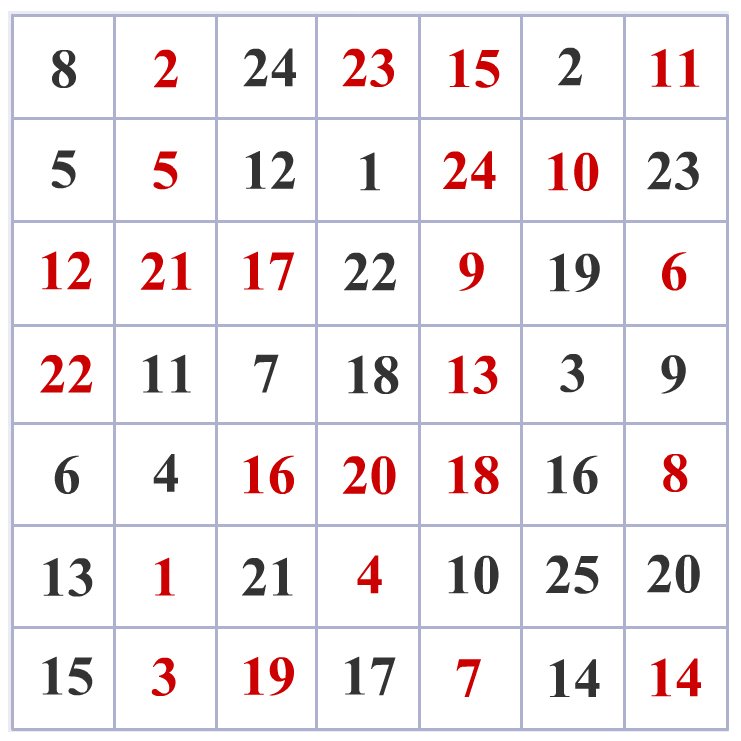
Test Na Vnimateljnostj Shuljte Onlajn
Materials and Methods Eighty‐eight PD patients participating in a rehabilitation course were studied. The Clinical Dementia Rating (CDR) was used to assess cognitive impairment. Sixty‐six patients were cognitively intact and 22 had cognitive impairment (≥1 in two or more domains or a sum of boxes score of ≥3). The Finnish CERAD test battery was used to measure cognitive functions in seven different domains (language functions, verbal learning, visuospatial functions, delayed recall, memory consolidation, recognition memory, and executive functions).
THE first descriptions of the syndrome that would eventually be named malignant hyperthermia (MH) were made in the early 1960s. By 1970, it became clear that alterations in skeletal muscle constituted the primary defect in MH. Through the collaboration of an outstanding pharmacologist, Werner Kalow, and a thoughtful clinical anesthesiologist, Beverly Britt, the basic elements of the common test for MH were described. Kalow and Britt subjected biopsied muscle to graded increments of caffeine, demonstrating a leftward shift of the dose–response curve in muscle from patients who had experienced an episode of MH. Described how muscle from these patients developed contractures to clinical concentrations of halothane in vitro.
Between 1970 and 1985, testing was standardized ( e.g., which muscle to biopsy, exposure regimens, diagnostic thresholds) to develop an accurate diagnostic test for MH. Two slightly different protocols emerged: a European version and a North American version, both using halothane alone and caffeine alone as the testing reagents. Meanwhile, in Japan, a slightly different approach was developed using muscle fibers that were chemically or mechanically “skinned.” This review summarizes the clinical evaluation of the patient with presumed MH susceptibility (MHS) and describe tests that are used in this evaluation. In general, suitable patients for biopsy include those with a family history of MH or who display unexplained hypercarbia, and those who exhibit perioperative rhabdomyolysis (). By itself, massive rhabdomyolysis in association with hyperkalemia and cardiac arrest is usually not MH. Nonetheless, some experts advise muscle biopsy, as much for histology and analysis for dystrophin to detect muscular dystrophy as to exclude MH.
Allen GC, Larach MG, Kunselman AR: The sensitivity and specificity of the caffeine-halothane contracture test: a report from the North American Malignant Hyperthermia Registry. The North American Malignant Hyperthermia Registry of MHAUS.
Exercise-induced rhabdomyolysis has also been associated with MH. MH is a hypermetabolic disorder, and many other diseases and conditions can mimic it. Modern anesthetic techniques and drugs seem to retard the development of an MH episode, relative to the classic fulminant episode, e.g., marked hypermetabolism, hyperthermia, acidosis, rhabdomyolysis, and cardiac arrhythmias.
Those donations, what ever the amount, help lower the cost expense towards renewing the platform, server and multiple addons needed to keep the forum up to date and running! Best of HGV & Cars Brake Checked Gone Wrong (Insurance Scam) and Road Rage - INSTANT KARMA 2018 - Duration: 12:25. Viral Car Videos 1,787,847 views. Clocking-in at 270 km 2, Altis truly is the star of Arma 3.From expansive cities to rolling hills, from wind farms to solar farms, whether steamrolling your tank across the southern plains, or waging asymmetric warfare from the northern hills, the Altis landscape lends itself to some of the most detailed locales and varied engagements. Arma 3 altis life mod.
This led to the development of a clinical grading scale to estimate the likelihood that an MH episode has occurred. Download tattle tale game show free. The scale incorporates six clinical criteria: evidence of muscle rigidity, muscle breakdown, respiratory acidosis, temperature increase, cardiac involvement, and family history ().
The likelihood of MH increases if the patient has manifested multiple signs of MH. However, in the absence of certain laboratory values or incomplete vital signs, the grading scale loses power and might underestimate the probability of MH. The appropriate course is to have the patient and family evaluated for MHS at an MH biopsy center; this might include biopsy of both parents of a patient with possible MHS. Regional anesthesia using nerve blocks or neuroaxial blocks is usually employed for muscle biopsy, supplemented with sedation as needed. Some clinicians supplement a nontrigger general anesthetic with a nerve block. Direct muscle infiltration with local anesthetic is contraindicated because it could adversely affect tissue viability. Most centers do not perform biopsies in patients aged less than 5 yr because of the amount of muscle required to be harvested.
The procedure is usually performed on an outpatient basis. Proper surgical technique is crucial.
The surgeon must not use electrocautery or stretch the muscle. The caffeine–halothane contracture test (CHCT) requires approximately 2 g of muscle excised from the vastus lateralis or vastus medialis muscle. In the laboratory, the muscle is longitudinally dissected into strips. Small sutures are placed at both ends, and the strips are mounted into baths, with one end attached to a stationary hook and the other to a force transducer. Electrical stimulation resulting in muscle contraction (twitching) confirms tissue viability.
Six muscle strips are mounted. In the North American protocol, halothane (3%) is added to the gas flow to three baths via an in-line vaporizer, while caffeine is added incrementally to the other three. The diagnostic end point is the development of a contracture, which is an increase in baseline muscle tension. If a contracture of 0.7 g or greater develops in any halothane-exposed muscle strip or if a contracture of 0.3 g or greater develops in any strip exposed to caffeine at 0.5, 1, or 2 mm, then the test is considered to be positive, and the patient has MHS (). Contractures of 0.5–0.69 g to 3% halothane are sometimes classified as MH equivocal. The addition of ryanodine or 4-chloro-m-cresol to the baths can increase the accuracy of the CHCT. ( A ) Abnormal (positive) response to 3% halothane.